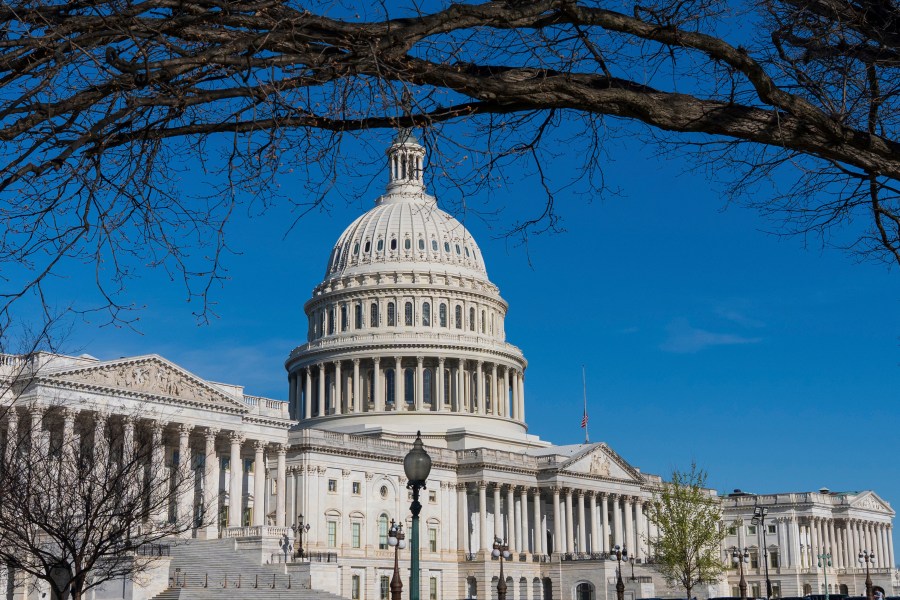HONOLULU (KHON2) — The federal government plays a big role in the daily lives of people across the islands, with residents and visitors alike interacting with federal services or activities every day.
During a government shutdown, some of these activities or services may be interrupted or halted altogether, while others will remain functioning like any other day.
What is a government shutdown?
The US Congress, which contains both the US House of Representatives and the US Senate, is in charge of providing funding to the federal government. Every fiscal year, both houses of the federal legislature must agree on and pass a budget for the upcoming fiscal year.
Sometimes congress cannot agree on funding for the year, which causes a lapse in funding. When a lapse happens, there is no money going toward the federal government, which causes the furlough on non-essential employees and makes essential employees work without pay.
With countless employees working for free and countless more furloughed, services can be delayed or even temporarily paused.
What will be partially or fully interrupted?
National parks, historical sites and national memorials such as Hawaiʻi Volcanoes National Park, Puʻuhonua o Hōnaunau National Historical Park or the Pearl Harbor National Memorial will be impacted, with some locations partially or fully shut down.
Department of the Interior guidelines say that at their parks, any gated or closed-off areas will stay shut down for the length of the government shutdown. This can include visitor centers, certain parking lots and certain hiking trails.
The department’s rule of thumb is if an area does not require passing through a locked gate, then it is still open for public use. Emergency personnel, such as first responders, will remain working, while most staff will be on furlough.
Benefits such as SNAP or WIC could also be delayed or disrupted, but not until a month after the shutdown.
The money disbursed by the federal government as part of these food benefits programs are typically disbursed a month in advance.
For example, if a shutdown were to begin on Oct. 1, October’s SNAP or WIC benefits would not be impacted. But, the November benefits that would usually be disbursed in October could be delayed or disrupted.
The disruption is not guaranteed, but is a possibility following a government shutdown.
Airports will not have TSA or air-traffic control shutdowns, but their employees will be working without pay. As a result, TSA wait times or overall travel times may be affected, so be sure to budget extra time for your travels.
Additionally, federal buildings and offices will be closed for tours, even if portions of their operations are resuming as usual.
What will stay open?
The United States Postal Service will resume uninterrupted, as the USPS operates a separate entity that funds itself. The post funds itself through their sales, such as stamp books and shipping fees.
Commissaries such as Navy Exchange, Army Exchange and Air Force Exchange will remain open during a shutdown, as they are also self-funded through their product sales.
Social Security payments will continue as usual, and Medicare services will remain available.
The Veterans Affairs hospitals and medical facilities will also being open for their usual medical processes.
Federal emergency agencies, such as the FBI, Coast Guard and other similar entities will continue their operations as usual.
Locally-ran agencies such as state or county offices are largely unaffected by a federal government shutdown, meaning places like satellite city halls will remain open.
